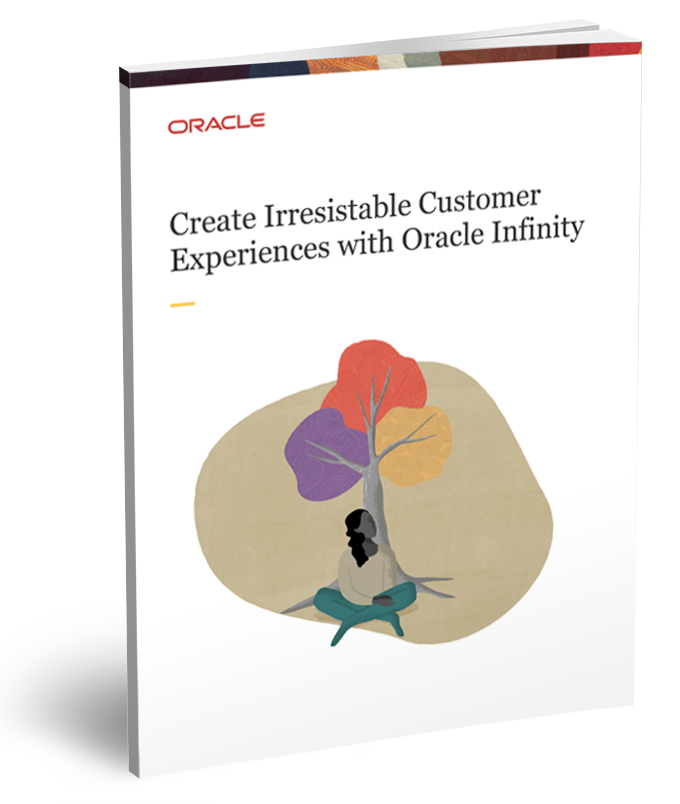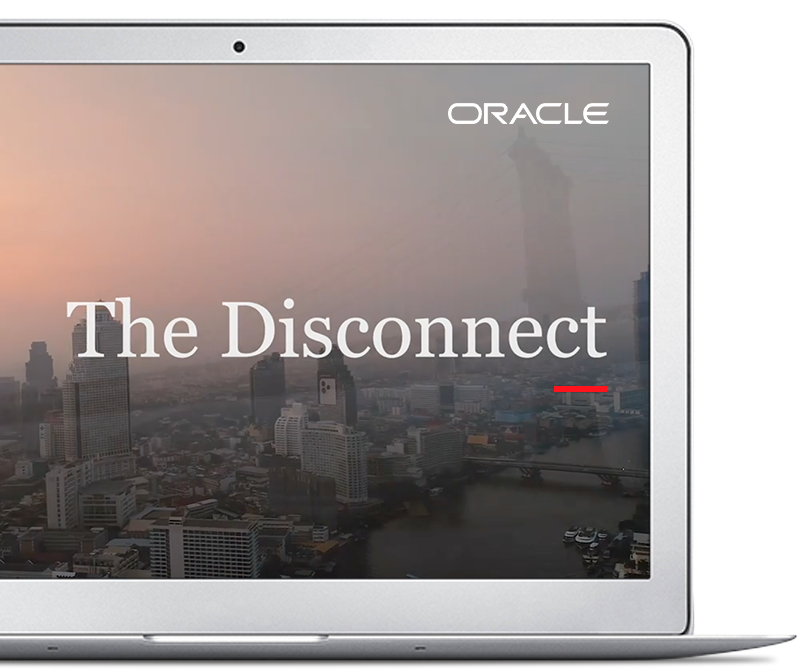2021 REPORT
Open RAN Operator Survey

Principal Analyst, Heavy Reading








This report presents the results of the Heavy Reading Open RAN Operator Survey conducted in the summer of 2020 on the outlook for open radio access networks (open RANs). Heavy Reading defines “open RAN” as the ability to integrate, deploy, and operate radio access networks using components, subsystems, and software sourced from multiple suppliers. The survey was open to employees of communications service providers only.
This report follows an earlier Heavy Reading Open RAN Operator Survey conducted in autumn of 2018. The almost two-year gap between the surveys allows for an analysis that identifies changes in operator sentiment and intent over the intervening period.

2020 Open RAN Operator Survey: Measuring Progress and Looking Ahead to Open RAN at Scale
OPERATOR DEMAND FOR OPEN RAN
At the start of the survey, respondents were presented with the following definition to guide their answers: “Open RAN” refers to the ability to integrate, deploy, and operate radio access networks using components, subsystems, and software sourced from multiple suppliers.
This section of the report discusses operator demand for open RAN, including their motivations, expected deployment timelines, and how they might scale open RAN.
Figure 1 shows that the most important business justification for open RAN is to “increase vendor diversity” (49% of respondents place this in their top two reasons). This is consistent with Heavy Reading’s 2018 Open RAN Operator Survey and with anecdotal operator commentary over the intervening period. The market for RAN equipment is highly concentrated (the top three vendors account for approximately 80% of global sales), and in some markets, operators now only have a choice of two or three vendors. This situation has been exacerbated over the past two years by geopolitical issues, especially in markets where limits on the use of equipment from Chinese suppliers have reduced competition and supply chain diversity. The focus on vendor diversity is therefore expected and readily explainable.
n=75
Source: Heavy Reading
To see what else is driving operator interest in open RAN, this question allowed for two responses to give a total of 150 responses from the 75 respondents. In second place, with 43%, was “to improve coverage
In third, at 37%, are “new service and monetization opportunities.” This result is puzzling in the sense that it is not obvious how open RAN enables monetization or services that cannot be addressed with classic RAN. Perhaps one explanation might be that the push into new geographies expands revenue opportunities. Another might be the push into new services such as fixed wireless access, which clearly does have new monetization opportunities associated with it. However, this result may also simply be a case of over-enthusiasm. Operator respondents, working in technical roles, generally like the idea of greater monetization due to network investment and tend to be optimistic about the directness and speed of the link between new technology and customer revenue.
It is notable that “optimize network opex” scores toward the bottom of the range (15%). This is consistent with operator commentary that while they would like lower opex and see a path toward that with open RAN automation, they have not yet been able to show these benefits in practice. “Government mandate” is lowest at just 3% of respondents and perhaps indicates that while the policy environment can help open RAN, most operators do not want network deployment to be directed by the government. Instead, they prefer to retain the market-based approach that, broadly speaking, prevails in the sector today.
A relatively small 13% of respondents believe open RAN technology is now “mature for large-scale deployment” (Figure 2) believe it is “mature for certain use cases.” Probably the most interesting aspect of the result is to consider this 28% in combination with the 27% that say open RAN is “close” to being ready for commercial deployment. One way to interpret this is that, while open RAN is not yet ready for commercial deployment at scale, many respondents think the industry is close to that point. It is worth keeping in mind that nearly one-third of respondents (29% and 3%) think the technology is still some way from ready; clearly, there are still concerns in the market about technical readiness.
n=75
Source: Heavy Reading
n=74
Source: Heavy Reading
OPEN RAN SYSTEMS INTEGRATION
This section covers questions related to open RAN system design, integration, and operation. It includes discussion of “openness,” standards, and the respective roles of operators and their vendors.
In terms of barriers to open RAN deployment, Figure 11 shows two clear results. “Systems integration and multi-vendor interoperability” is the biggest barrier with 63% of the response. This is very much in line with the 2018 survey and not a surprise. “Stability and maturity of standards,” in second with 53%, makes a similar statement on the challenges of interoperability. The major change from 2018 is that interface specifications from the O-RAN Alliance have been released and provide a baseline against which to create and measure interoperability. The challenge for 2021 is for vendors to create products that really do support these interfaces and for the industry to demonstrate multi-vendor interoperability through plugfests and real-world deployments.
Figure 11: What are the top two barriers to open RAN implementation and deployment? (Select two)
n=75
Source: Heavy Reading
Open networking disaggregates previously integrated functions and, by definition, introduces interfaces and APIs that either did not exist or were internal and proprietary. As already identified, this comes with integration and testing costs. An interesting decision then must be made on how “open” operators want to be and how much integration they want to take on in-house. The following survey question (Figure 12 below) partly addresses that, with 61% saying “all vendors must be truly and fully interchangeable” and 39% saying “there should be a level of pre-integration that makes open RAN easier and less risky to deploy.” This theme is covered in later questions.
Figure 12: How “open” should open RAN be in reality?
n=75
Source: Heavy Reading
Having “truly interchangeable” vendors does not necessarily mean the operator wants to integrate lots of individual vendor components in-house. Figure 13 shows that a large majority (77%) would prefer a level of integration that involves working with two or three lead vendors to “minimize commercial risk.” Only 8% want to integrate many vendor components in-house. This preference for working with a smaller number of lead vendors is one of the clearest results in the survey. This then begs the question: Who should that integrator be?
Figure 13: What level of turnkey solution do you expect for an open RAN or vRAN radio deployment in your network?
n=74
Source: Heavy Reading
Figure 14: Who do you see as the prime network integrator for your open radio network functions?
OPEN RAN AT SCALE
The biggest question in open RAN in late 2020 is how soon the technology will be ready for commercial deployment at scale. With around 10 million logical macro cell sites deployed worldwide, mobile RAN is a large-scale infrastructure business. The opportunity for open RAN is therefore commensurately large, but with technical, operational, and business requirements that are correspondingly challenging.
A question that will provide insight into the likely extent of open RAN deployments is difficult to write and to answer. Nevertheless, Figure 15 attempts to provide some guidance on the size of open RAN deployment clusters (i.e., locations with adjacent cell sites). The results show deployments are skewed to the lower end, with a majority of respondents expecting to deploy clusters of less than 200 sites by the end of 2023 (25% expect to deploy clusters of less than 50 sites and 27% expect to deploy between 50 and 199 sites). In broad terms, 200 sites would enough to cover a small city and its environs, and could, depending on frequency, cover a large rural area. By way of reference, an operator in one of the larger European markets would have upward of 20,000 outdoor macro cell sites deployed today.
Figure 15: In terms of outdoor macro sites, what will be the most common open RAN deployment size in your in your network by the end of 2023?
n=75
Source: Heavy Reading
Operators may also deploy multiple non-overlapping open RAN clusters in their networks. If this is the case, then the number of commercial sites could climb quite significantly on a per-network and industrywide basis. Nevertheless, even under optimistic assumptions, it would be unrealistic to expect large parts of a network to transition to open RAN by the end of 2023 judging by the response to this question.
Figure 16 shows how the average cluster size increases when the survey data is filtered to include only responses from larger operators (i.e., operators with more than $5bn in annual revenue). These are the very largest operators on the planet. In this group of respondents, 20% say clusters of 1,000 sites or more will be “most common” by 2023 versus 9% on average and 0% among operator respondents with revenue below $500m annually. This does not necessarily mean 20% of large operators will, or will not, deploy clusters of this size routinely. Rather, it shows that larger operators are more likely to deploy larger clusters.
Figure 16: In terms of outdoor macro sites, what will be the most common open RAN deployment size in your in your network by the end of 2023?
Operator annual revenue >$5bn
n=35
Source: Heavy Reading
Another way to get a sense of how large open RAN deployments might be is ask about the percentage of sites that will use or be compatible with open fronthaul. Perhaps the most interesting finding from this question (Figure 17) is that respondents do not make much of a distinction between 4G and 5G in the likely prevalence of open fronthaul in their networks.
Figure 17: In terms of active, logical cell sites, how much of your 4G and 5G RAN footprint will be O-RAN 7-2x compliant (i.e., with open fronthaul) by the end of 2023 and 2025?
Not planning to use open RAN | 5% or less | 5-10% | 10-25% | 25-50% | >50% | Don’t know | ||
|---|---|---|---|---|---|---|---|---|
4G | 17% | 12% | 11% | 24% | 23% | 8% | 5% | |
5G | 5% | 19% | 21% | 16% | 19% | 12% | 8% |
Not planning to use open RAN | 5% or less | 5-10% | 10-25% | 25-50% | >50% | Don’t know | ||
|---|---|---|---|---|---|---|---|---|
4G | 9% | 4% | 11% | 15% | 20% | 35% | 7% | |
5G | 0% | 1% | 17% | 15% | 24% | 33% | 9% |
n=75
Source: Heavy Reading
The 2023 estimates—which is over three years from when the survey was conducted—show that that most respondents expect less than 25% of their 4G and 5G footprints will be 7-2x compliant. However, a large majority also think more than 10% of their RAN footprint will be compliant, and almost one-third (31%) expect more than 25% of their sites will be 7-2x compliant. This would represent great progress for open RAN if it were to come to pass in real-world deployments and would qualify as a great success.
The 2025 estimates show an increase in the proportion of sites respondents expect to be compliant with open fronthaul, with a majority now expecting more than 25% of sites to be 7-2x compatible. Even so, only about a third (35% 4G and 33% 5G) expect more than 50% of their sites will be capable of running the 7-2x interface. It is probably worth noting that fronthaul interface specifications may evolve significantly over a five-year period; therefore, this question is more an indication of the direction of travel than specific to 7-2x.
US respondents are more bullish on the penetration of open fronthaul than RoW respondents. This may reflect that US operators have been among the first in the world to adopt multi-vendor radio baseband deployments, but it may also reflect the culturally more bullish nature of US respondents to survey questions that Heavy Reading has observed over the years. To illustrate, by 2025, 48% of US respondents expect more than half their 5G sites to be open fronthaul compliant versus just 17% of RoW respondents.

2020 Open RAN Operator Survey: Measuring Progress and Looking Ahead to Open RAN at Scale

Principal Analyst, Heavy Reading

Senior Director 5G Architecture, Cisco Systems

Integrated Products and Ecosystems, Radisys

VP Network Product Solutions, Ericsson North America

Head, Wireless Business Unit & Chief Solutions Architect, Fujitsu













